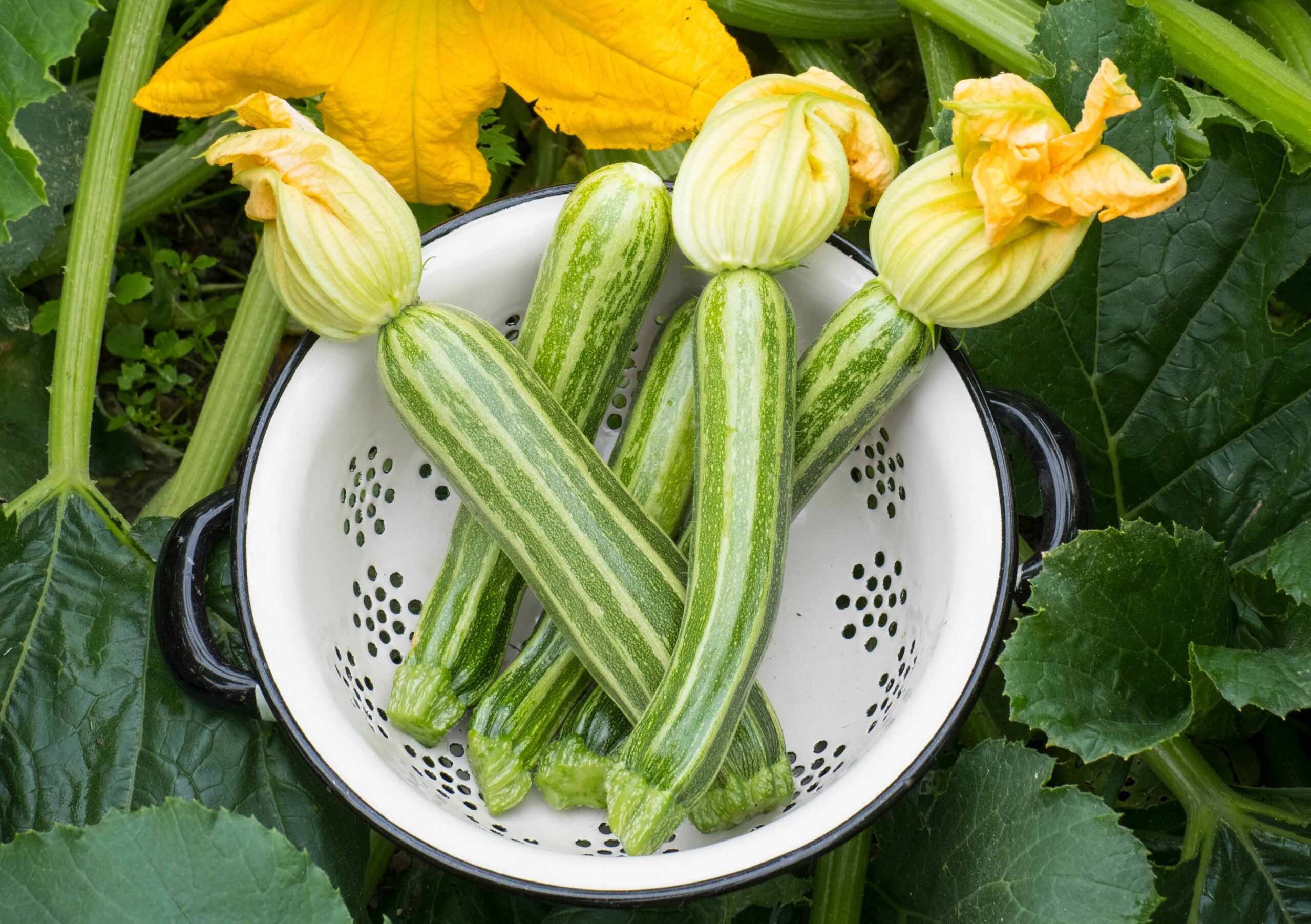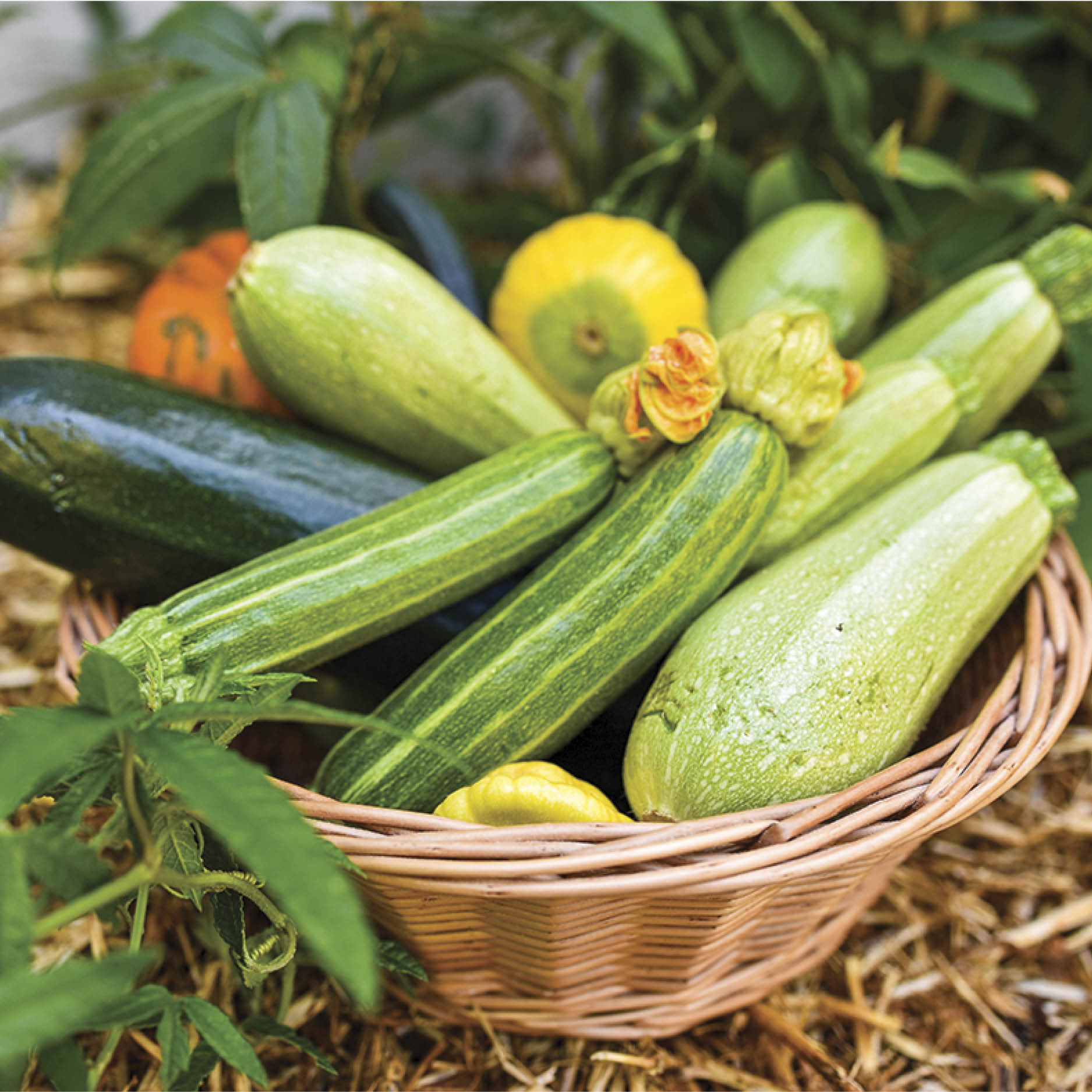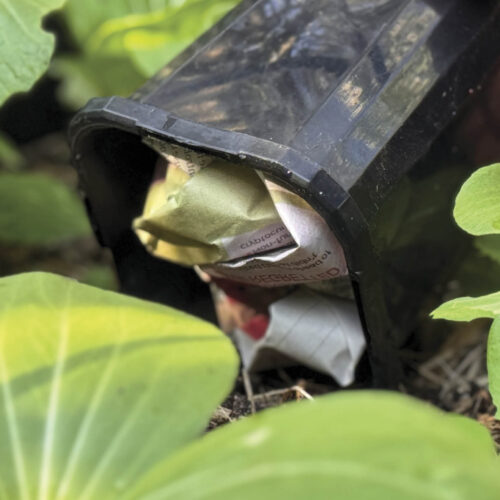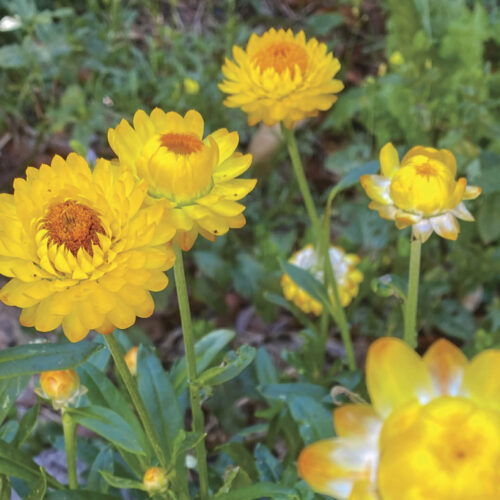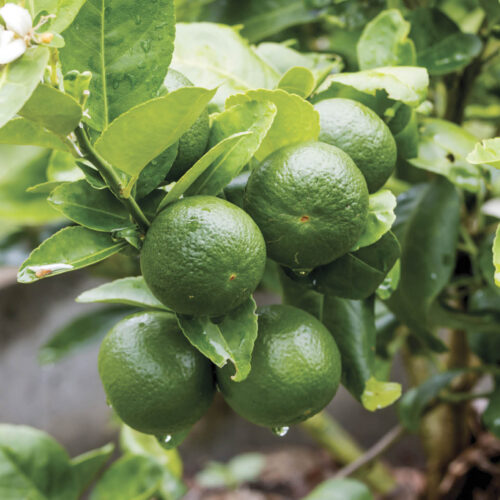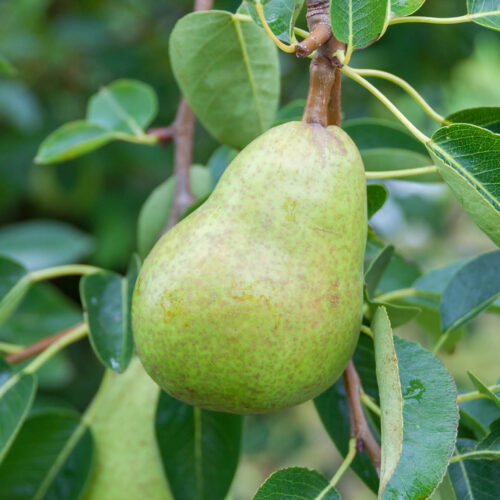Zucchini: one of the great vegie garden staples!
2019-11-04T05:41:38+11:00
Zucchini have many benefits, including some idiosyncratic relatives that are also worth growing.
Zucchini are often dismissed as bland and boring, but these underrated plants have the capacity, with good pollination, to be highly prolific and delicious. Try these relatives from the squash family that need similar soils, and growing conditions, to those described for zucchini.
New Guinea bean
Lagenaria siceraria
These impressive fast-growing fruit are long and slender with a swollen tip. They can grow to more than 1m long but are best harvested small (10–20cm) and eaten as a zucchini. The large vigorous vine is grown from seed sown in spring in cool regions, or from late winter to autumn in the tropics and subtropics. They need a strong trellis to support the fruit.
Tromboncino
C. moschata
A climbing, sprawling plant that produces bountiful supplies of long, slender, sweet-fleshed fruit with a bulbous end. Full-grown fruit can get bigger than 1m with a firm skin, and are then used in the same way as a pumpkin. But fruit are best picked small, at 20–30cm. When small the flesh is mild and sweet. Often described as a zucchini because of the similar flavour. Fruits for many months. Flowers are excellent for stuffing.
Wax gourd
Benincasa hispida
This vigorous tropical vine is planted in spring in colder regions and grown through the summer into autumn. It’s grown from late winter to autumn in the tropics. Wax gourds need a strong trellis or plenty of space to spread over the ground. Very young gourds are harvested when only 10–15cm long and used in the same way as a zucchini, although the flesh is slightly sweeter. If left on the vine the fruit can grow into mammoths. The flesh is added to soups and stews. Young growing tips, flower buds and flowers are all also edible, either in salads or stir-fries.
For more gardening tips and ideas get the latest issue of ABC Organic Gardener Magazine here.

